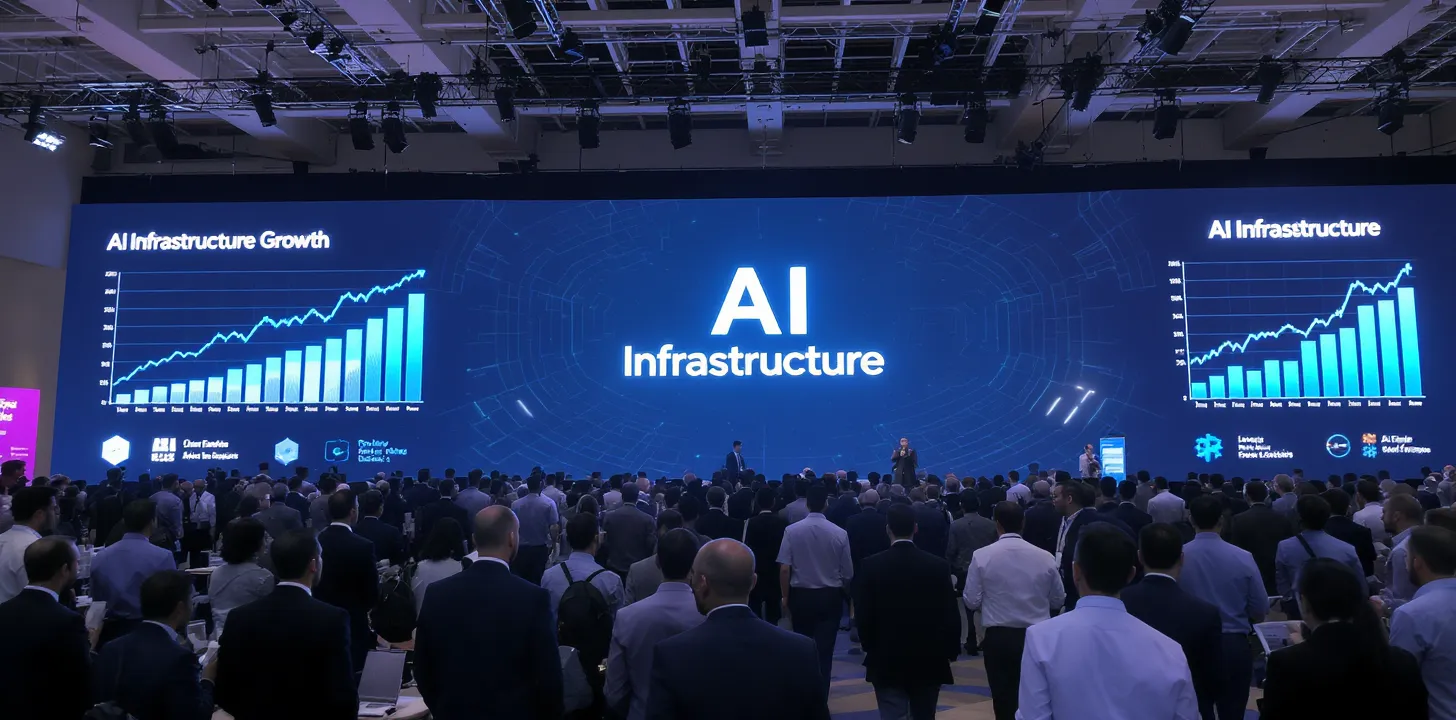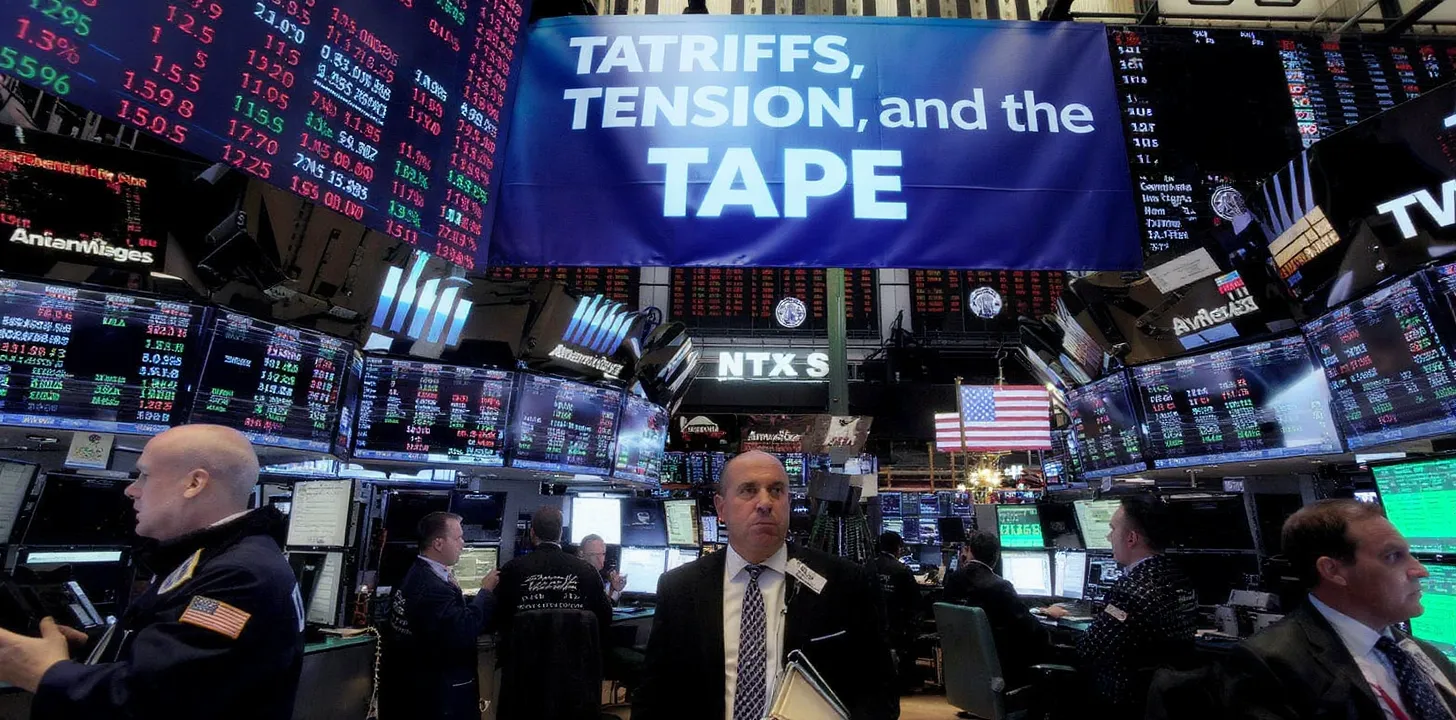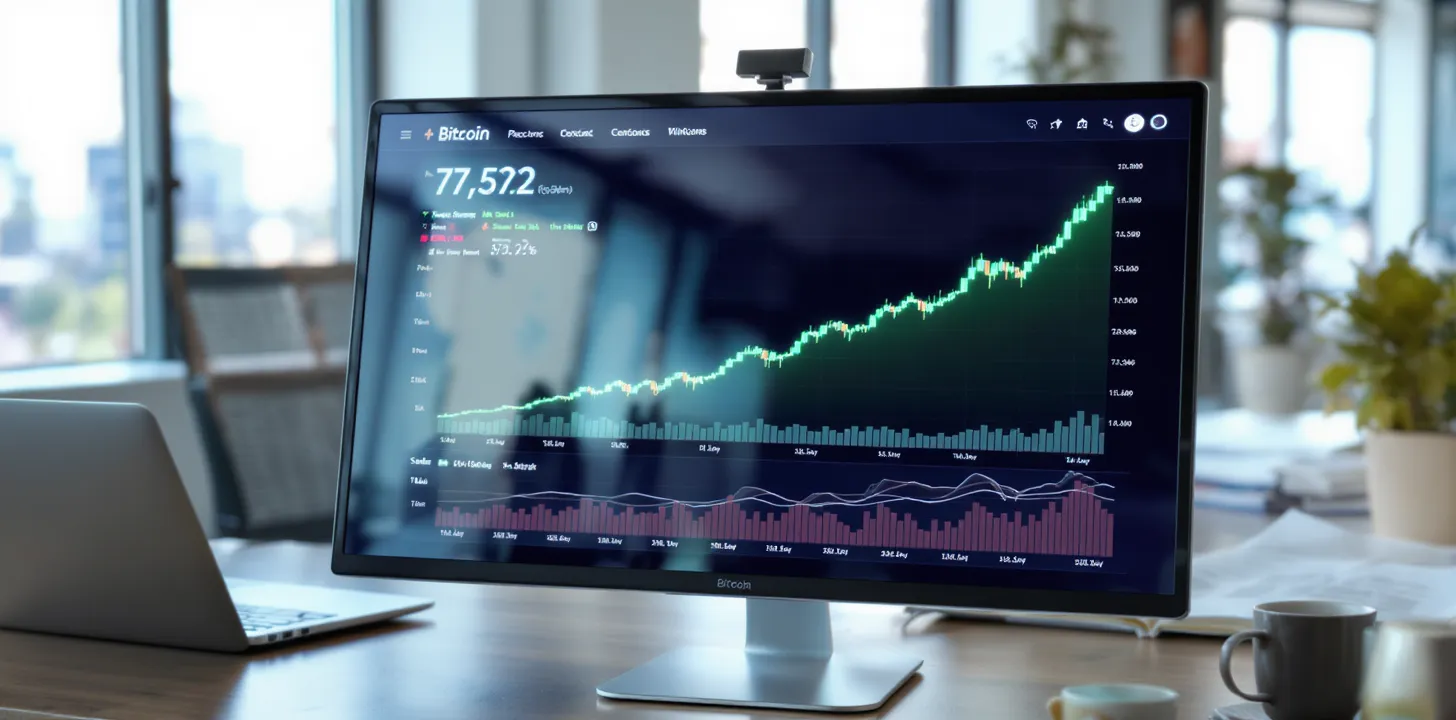1. The AI Infrastructure Gold Rush
Capital expenditures on AI infrastructure—data centers, chips, cloud systems—from tech giants like Alphabet, Amazon, Meta, Microsoft, are soaring. Goldman Sachs reports over $300 billion invested in the past year alone, while Morgan Stanley forecasts this could reach $340 billion in 2025—a 50% jump from 2024. This spending spree is propelling stocks tied to chips, hardware, and cloud services upward—think Nvidia, Broadcom, CoreWeave.
Broadcom just landed its fourth major AI-chip customer (rumored to be OpenAI), revising chip revenue growth expectations from 60% to over 100%, catapulting revenue projections past $40 billion, and driving the stock up 10%.
This is not a gentle breeze; it’s a gale-force tailwind lifting valuations across the AI value chain.
2. Stocks Riding the AI Wave—Front and Center
At the forefront is Nvidia, already crossing a whopping $4 trillion market cap by mid-2025 Wikipedia. The company’s dominance in AI hardware has made it a lynchpin of investor optimism—when AI thrives, Nvidia nearly dances. Yet, investor faith has its fragilities: a rival’s breakthrough can reset expectations.
In early 2025, Chinese model DeepSeek stunned the market with a lower-cost AI model topping app charts, triggering an 8.8% one-day drop in Nvidia’s stock. It’s a reminder: even AI titans can get spooked.
3. The Flip Side—What If the AI Boom Slows?
Here’s the speculative twist: Goldman Sachs warns that if AI capex drops back to 2022 levels—say $158 billion instead of projected $433 billion in 2026—the S&P 500’s sales growth could plunge 30%. Expectations are sky-high, and the suspension of disbelief is perilously thin.
Most cloud spending growth is expected to slow from over 50% in 2025 to just 16–26% in 2026, except for Meta, which may hold at ~42% growth. That bottleneck could dampen downstream demand for chips, hardware, and services, squeezing profit margins and unsettling valuation multiples.
4. Hedge Funds and Sovereign Money Dive In
Not just tech giants. Hedge fund Magnetar reentering the AI fray with a $500 million bet on CoreWeave, now worth over $11 billion, accounting for half its portfolio, delivers 56% returns this year. These aren’t timid moves—they’re full-throttle pivoting into growth land.
Meanwhile, Australia’s Future Fund credits AI infrastructure (like data-center operator CDC) for record returns—12.2% annual yield—an explicit acknowledgement that AI isn’t just a shiny story, but a driver of sovereign asset performance.
5. Bain or Bubble? Let Speculation Run Free
Whispered warnings about an AI bubble are growing louder. MIT research suggested that 95% of organizations see zero return from Gen-AI investments, prompting a $1 trillion market drop in days. That’s the kind of anticipatory tremor that makes nervous investors sweat.
Yet Morgan Stanley counters with optimism: AI could contribute $13–16 trillion in added value to the S&P 500, driving up to 29% boost in market cap, and deliver $920 billion in annual net benefits through cost savings and new revenue streams. These numbers invite us to dream big, while remembering that dreams can get leaky.
6. What If… the AI Boom Reverberates Into Other Sectors?
Most analysis centers on tech. But what if AI’s productivity shock ripples further? Sectors like healthcare, logistics, and transportation could see cascading changes—some seeing 122% boost to cash flows, others hurt by delay. If AI adoption spreads, broader equity cushions get thicker.
7. Wrapping the Thought Experiment
Here’s the grand illusion: AI is painting markets with a bright brush, pushing infrastructure-related valuations—and even broader indices—into euphoric rarefied air. But a slowdown could serve as gravity on expectation, and investor imagination alone may not be enough to bulk up earnings.
This isn’t prophecy; it’s a working hypothesis. Watch capex data, hardware demand, earnings surprises—and the faint early tremors of bubble-like behavior.



